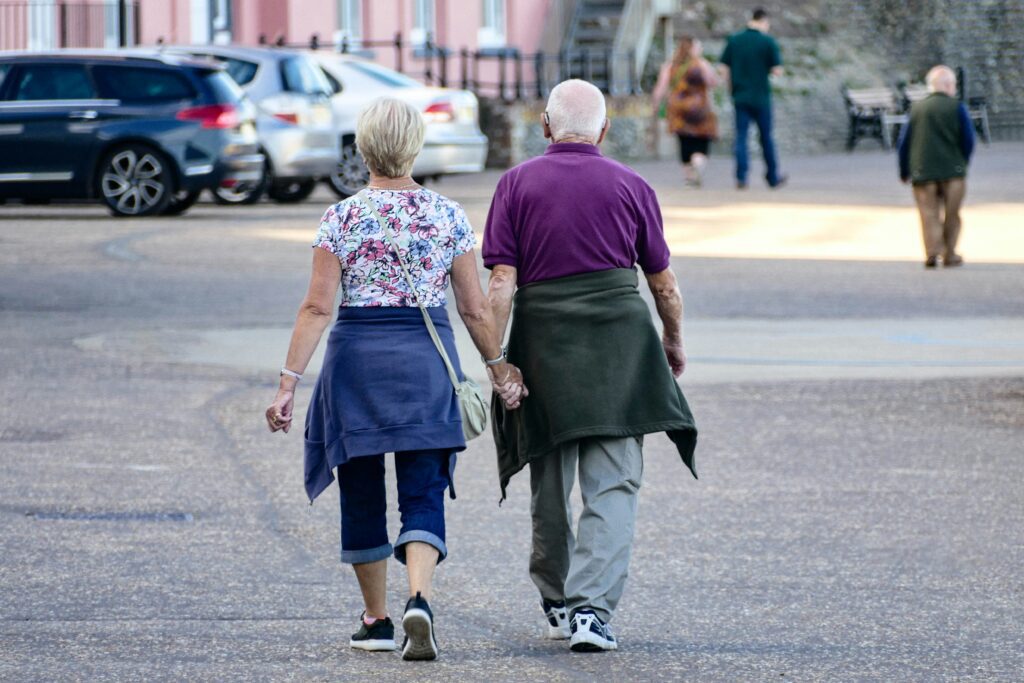Staying active as you age is one of the most beneficial things you can do for your body and mind. While it’s no secret that exercise is essential throughout life, its importance grows even more pronounced as you get older. Maintaining an active lifestyle offers countless benefits, helping you lead a healthier, happier, and longer life.
The Benefits of Exercise as You Age
1. Helps Maintain Muscle Mass and Strength
Did you know that adults typically lose between 3% and 8% of their muscle mass per decade after turning 30? This natural decline, known as sarcopenia, accelerates as we age. Regular strength training exercises, such as lifting weights or bodyweight exercises (like squats and push-ups), can help slow down this process. Strong muscles help you stay active and independent, reducing the risk of falls and injuries—a critical concern for older adults.
2. Supports Joint Health and Mobility
Exercise helps prevent joints from becoming stiff and maintains range of motion. Activities like yoga, Pilates, or tai chi are low-impact options that improve flexibility and balance while also easing symptoms of arthritis or other joint-related issues.
3. Boosts Cardiovascular Health
Your heart is a muscle, and like any muscle, it needs regular exercise to stay strong. Aerobic activities, such as walking, swimming, or cycling, improve cardiovascular health, reduce blood pressure, and lower cholesterol levels. These activities can significantly decrease the risk of heart disease and stroke.
4. Improves Cognitive Function and Mental Health
Exercise benefits the body and the mind. Regular physical activity has been shown to improve brain health, boost memory, and slow cognitive decline. It can also reduce stress, anxiety, and depression, releasing endorphins that improve mood and overall sense of well-being.
5. Strengthens Bones
Aging increases the risk of osteoporosis, which can lead to weakened bones and an increased likelihood of fractures. Weight-bearing exercises, such as walking, dancing, or resistance training, help promote bone density and reduce the risk of osteoporosis, also known as brittle bones.
6. Enhances Balance and Reduces Fall Risk
Falls are a common concern as we age. Exercises focusing on balance, like yoga or tai chi, improve stability and coordination, help strengthen the muscles that support balance, and reduce the likelihood of falls.
7. Aids in Weight Management and Metabolism
A slower metabolism is a natural part of aging, but staying active helps manage weight and maintain a healthy body composition. Consistent physical activity also improves your body’s ability to regulate blood sugar levels, reducing the risk of type 2 diabetes.
How to Incorporate Exercise Into Your Life
If you’re new to regular exercise or haven’t worked out in a while, it’s never too late to start. Here are some tips to get moving safely and effectively:
- Start Slow: Begin with low-impact exercises, such as brisk walking, stretching, or water aerobics. Gradually increase intensity.
- Make it Consistent: Aim for at least 150 minutes of moderate aerobic exercise or 75 minutes of vigorous activity per week, as health guidelines recommend.
- Find Activities You Enjoy: Whether it’s a dance class, gardening, or hiking, doing something you love makes it easier to stick with.
- Include Strength and Balance Training: Incorporate exercises that build muscle and focus on balance to address areas most affected by aging.
- Listen to Your Body: While consistency is essential, avoiding overexertion is equally crucial. Pay attention to pain and fatigue.
The Social Benefits of Staying Active
Staying active as you age doesn’t have to be a solo endeavor. Joining group classes, going for a walk with friends, or joining a local gym can help you build meaningful social connections. Staying active socially is just as important for mental health as physical activity is for the body.
Overcoming Common Barriers
It’s easy to feel discouraged from starting or continuing exercise due to common obstacles, such as fatigue, time constraints, or physical limitations. However, small changes can lead to a big difference:
- Break exercise into smaller sessions throughout the day.
- Adapt your workouts to accommodate physical conditions. Chair exercises, for example, can be very effective.
- Make movement a part of your daily routine. Even gardening, climbing stairs, or dancing count as physical activity.
A Call to Stay Active
Getting older is inevitable, but staying active as you age is within your control. Regular exercise is one of the most powerful tools for living a robust, independent, and fulfilling life as you age. It’s never too late to start moving toward better health.
Remember, the best exercise routine is one that you’ll stick to and enjoy. So, find what works for you and make it a part of your lifestyle. Your future self will thank you!
For more content like this, please visit our blog.

